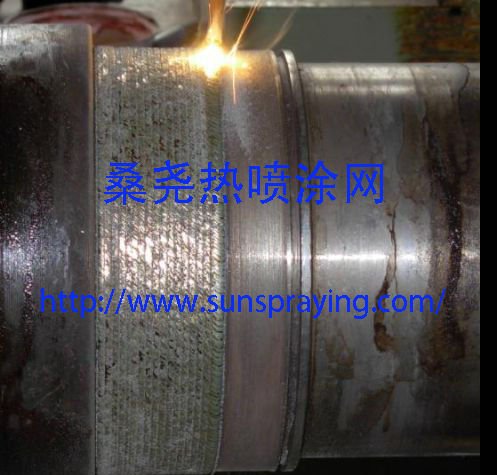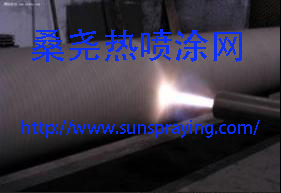A wide variety of different phenomena is observed when particles impinge upon solid surfaces. Technical interest in particle impacts often relates to either low or hyper-velocity impacts. In the former case particles colliding with a surface can stick to the surface which is exploited, for example, in filters. The latter case is of particular importance to various processes related to aerospace applications. Here, particle impacts are typically detrimental in that they are causing a destruction of the impacted surface. However, when particles impinge on a surface at intermediate velocities of about 400–1200 m/s they can become strongly attached to the surface. Based on this phenomenon a new method for coating surfaces has been developed . The method that has been called cold gas dynamic spraying or cold spray deposition, can be used in many applications in the aerospace industry ranging from electrical conducting or insulating coatings, joining and repairing parts, and anti-corrosion coatings applied, for example, on welds.
The cold spray phenomenon has been discovered during aeronautical investigations at the end of the XXth century. In shock tube experiments a deposition of particles on models was observed when dusty gases were used. This phenomenon that is normally undesirable was then turned into an advantage . The essence of the phenomenon is that particles of ductile metals or alloys, having diameters of approximately 10–100 µm, become deformed and strongly attached to a surface when they impinge on the surface of metals, ceramics or glasses at impact velocities in the range of about 400–1200 m/s. In this manner coatings can be formed on a substrate.
At higher impact velocities small particles can cause a severe destruction of surfaces. This is of a great importance for space vehicles in low earth orbits. Here, for example, solar cells are exposed to space-debris and micro-meteoroids. Larger particles can also penetrate shieldings of the space vehicle itself. Typical impact velocities are at least an order of magnitude greater than in cold sprays. Similarly, during the motion of aeroplanes and missiles through dusty media the erosion of optical surfaces and domes by particle impacts is of a great concern. Furthermore, disregarding the cold spray phenomenon can result in deviations of the drag force and heat exchange and, consequently, failure. Here, characteristic impact velocities are similar to those in cold sprays, or smaller.

本文由桑尧热喷涂网收集整理。本站文章未经允许不得转载;如欲转载请注明出处,北京桑尧科技开发有限公司网址:http://www.sunspraying.com/

|

